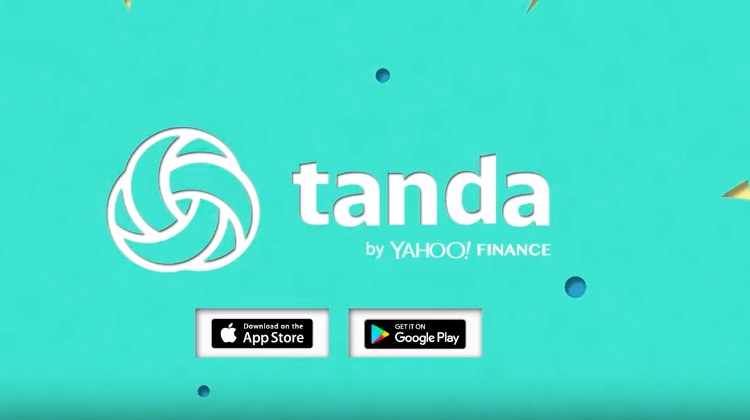The Customer Effect
Why Tanda, Yahoo Finance’s money pool app, was destined to fail
- While a digital finance product may seem like a good idea in certain markets, understanding the target market is a critical driver of success
- Throughout the product development process, designers need to consider whether the product addresses a clear need of the target population








